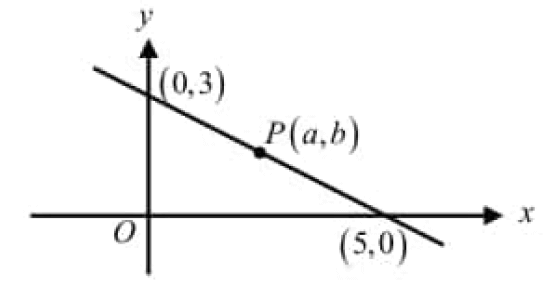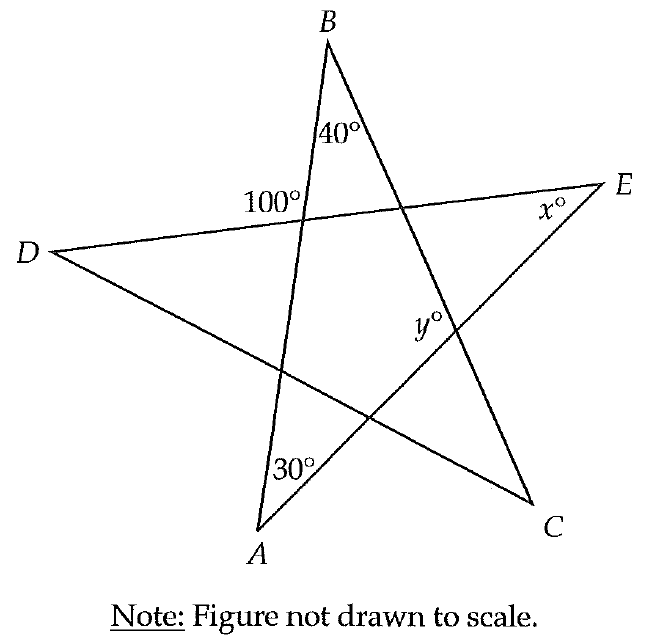INDEX FORM OF SURD
The index form of a surd n√a is
a1/n
For example, 3√5 can be written in index form as shown below.
3√5 = 51/3
What is surd ?
If ‘a’ is a positive rational number and n is a positive integer such that n√a is an irrational number, then n√a is called a ‘surd’ or a ‘radical’.
Order of a Surd
The general form of a surd is n√a is "√" is called a radical sign 'n' is called the order of the radical and 'a' is called radicand.
For example,
3√5 is a surd of order '3'
5√10 is a surd of order '5'
In the following table, the index form, order and radicand of some surds are given.
|
Surd |
Index form |
Order |
Radicand |
|
√5 3√14 4√7 √50 |
51/2 141/3 71/4 501/2 |
2 3 4 2 |
5 14 7 50 |
Practice Questions
Question 1 :
Convert the following surd to index form.
√7
Answer :
Surd = √7
Index form = 71/2
Question 2 :
Convert the following surd to index form.
4√8
Answer :
Radical form = 4√8
Index form = 81/4
Question 3 :
Convert the following surd to index form.
3√6
Answer :
Radical form = 3√6
Index form = 61/3
Question 4 :
Convert the following surd to index form.
8√7
Answer :
Radical form = 8√7
Index form = 71/8
Laws of Surds
Law 1 :
n√a = a1/n
Law 2 :
n√(ab) = n√a x n√b
Law 3 :
n√(a/b) = n√a / n√b
Law 4 :
(n√a)n = a
Law 5 :
m√(n√a) = mn√a
Law 6 :
(n√a)m = n√am
Laws of Indices
Law 1 :
xm ⋅ xn = xm+n
Law 2 :
xm ÷ xn = xm-n
Law 3 :
(xm)n = xmn
Law 4 :
(xy)m = xm ⋅ ym
Law 5 :
(x / y)m = xm / ym
Law 6 :
x-m = 1 / xm
Law 7 :
x0 = 1
Law 8 :
x1 = x
Law 9 :
xm/n = y -----> x = yn/m
Law 10 :
(x / y)-m = (y / x)m
Law 11 :
ax = ay -----> x = y
Law 12 :
xa = ya -----> x = y
Laws of Surds and Indices - Practice Problems
Problem 1 :
Simplify the following :
√5 ⋅ √18
Solution :
We have two radicals with same order. So, we can take the radical once and multiply the values inside the radicals.
√5 ⋅ √18 = √(5 ⋅ 18)
= √(5 ⋅ 3 ⋅ 3 ⋅ 2)
= 3 √(5 ⋅ 2)
= 3√10
Problem 2 :
Simplify the following :
3√35 ÷ 2√7
Solution :
We have two radicals with same order. So, we can take the radical once and divide the values inside the radicals.
3√35 ÷ 2√7 = (3/2) ⋅ √(35/7)
= (3/2) ⋅ √5
= 3√5/2
Problem 3 :
Simplify the following :
4√8 ÷ 4√12
Solution :
We have two radicals with same order. So, we can take the radical once and divide the values inside the radicals.
4√8 ÷ 4√12 = 4√(8/12)
= 4√(2/3)
= 4√2 / 4√3
Problem 4 :
Simplify the following :
x2 ⋅ x3
Solution :
We have the same base 'x' for both the terms. Because the terms are multiplied, we can take the base once and add the exponents.
x2 ⋅ x3 = x2+3
x2 ⋅ x3 = x5
Problem 5 :
Simplify the following :
x7 ÷ x5
Solution :
We have the same base 'x' for both the terms. Because the terms are in division, we can take the base once and subtract the exponents.
x7 ÷ x5 = x7-5
x7 ÷ x5 = x2
Kindly mail your feedback to v4formath@gmail.com
We always appreciate your feedback.
©All rights reserved. onlinemath4all.com
Recent Articles
-
Digital SAT Math Problems and Solutions (Part - 134)
Apr 02, 25 12:40 AM
Digital SAT Math Problems and Solutions (Part - 134) -
SAT Math Resources (Videos, Concepts, Worksheets and More)
Apr 02, 25 12:35 AM
SAT Math Resources (Videos, Concepts, Worksheets and More) -
Digital SAT Math Problems and Solutions (Part 135)
Apr 02, 25 12:32 AM
Digital SAT Math Problems and Solutions (Part 135)

